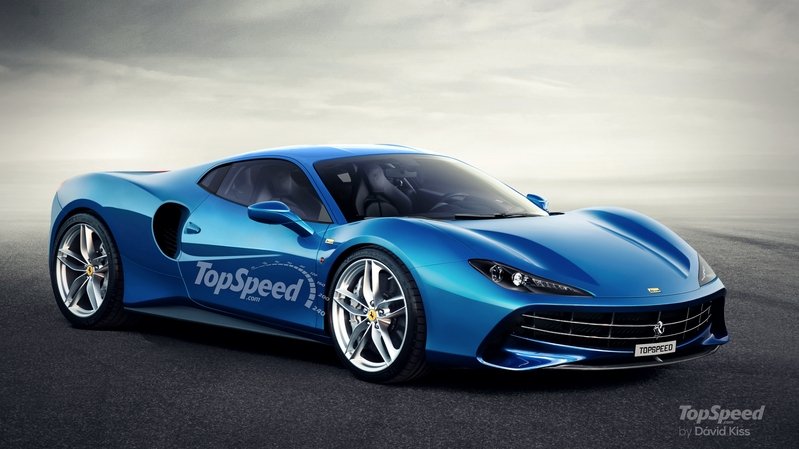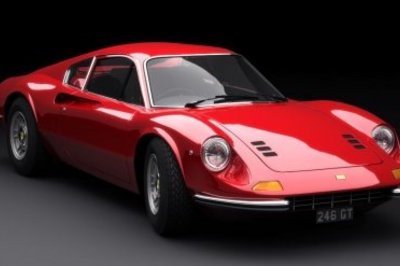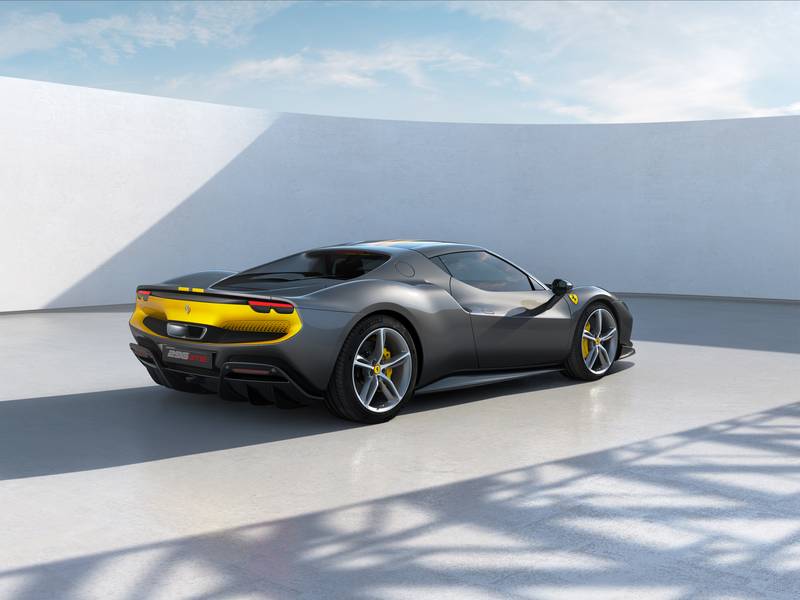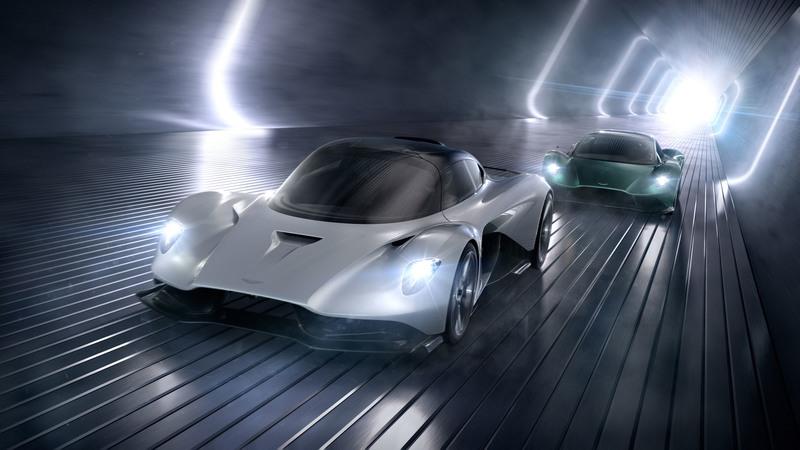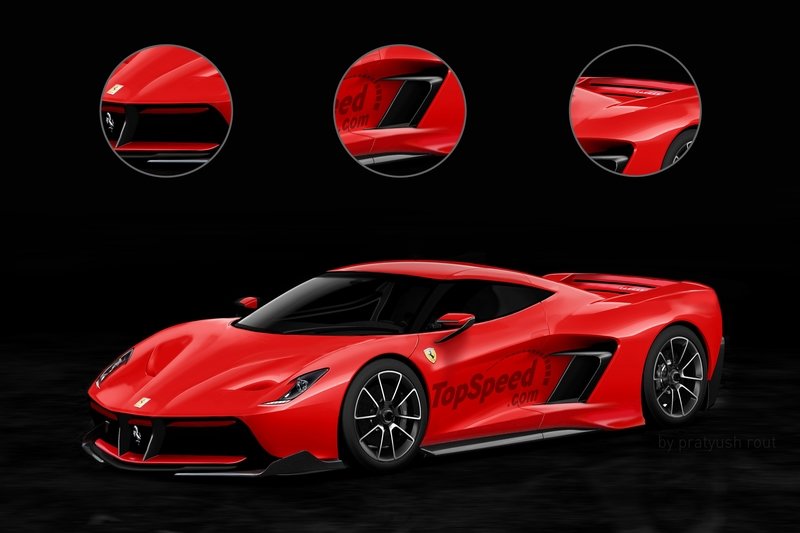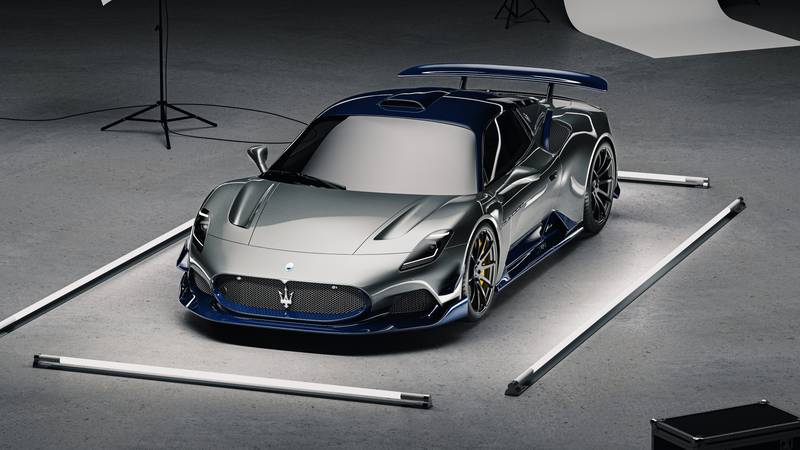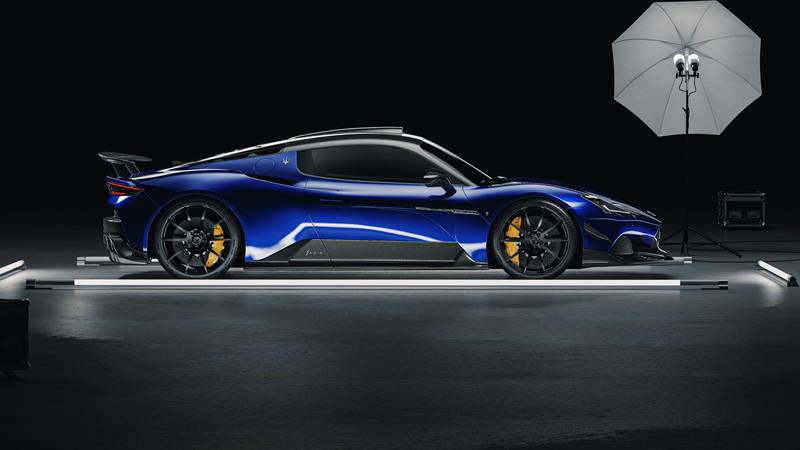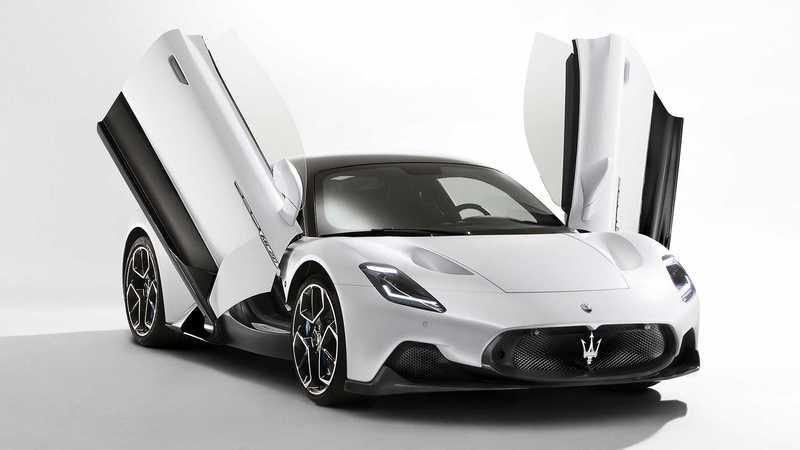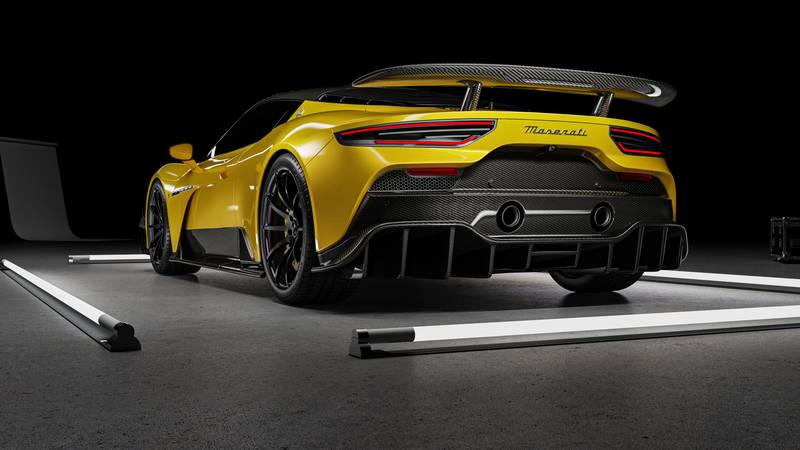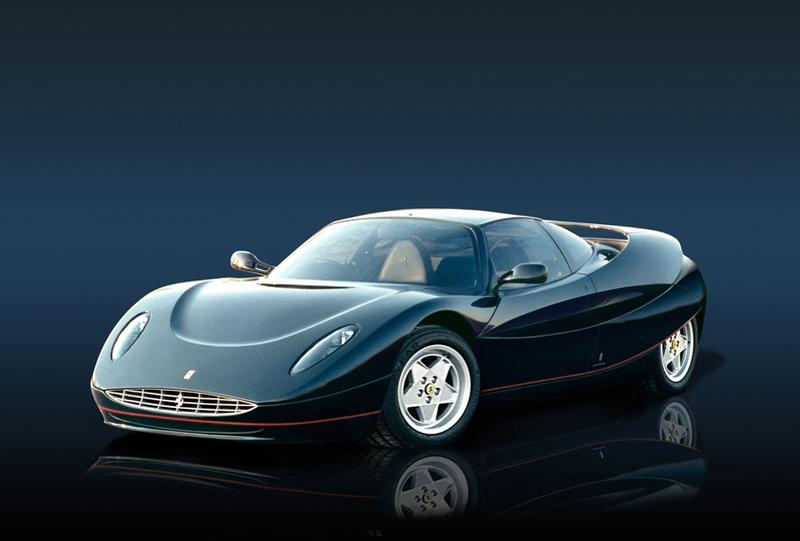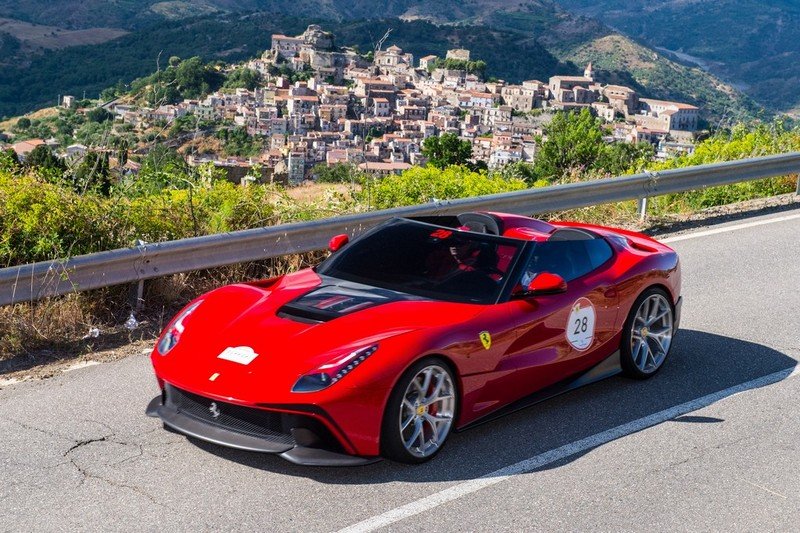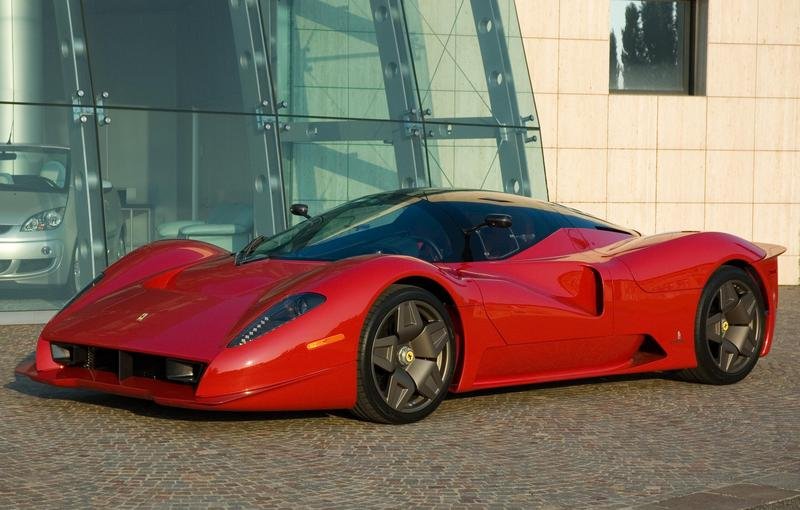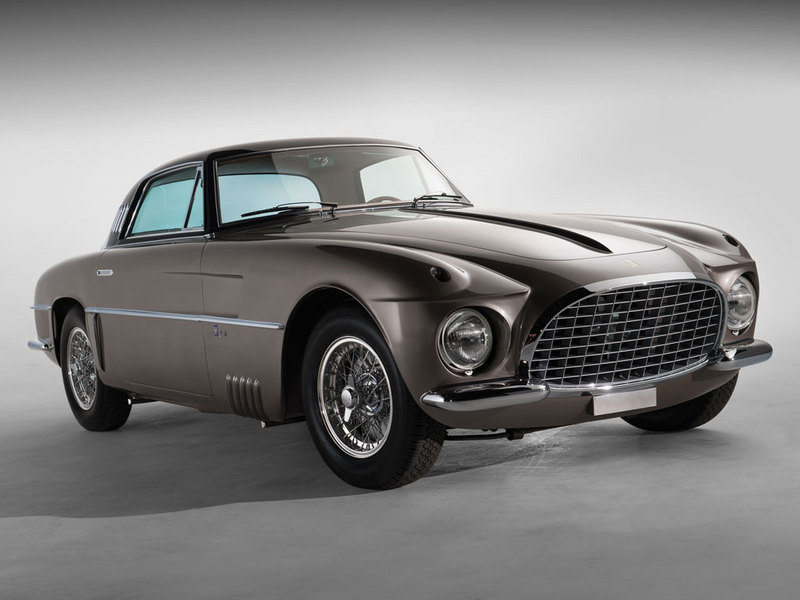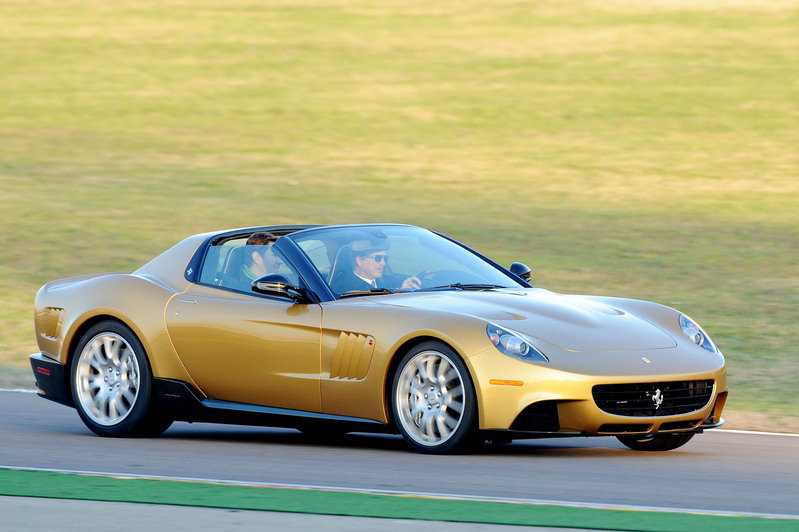Ferrari F90 Speciale
Starting this list is a car called the Ferrari F90 Speciale.
This is a car so special that Ferrari did not admit its existence for quite some time.
Ordered in the midst of the Asian economic crisis and in the midst of the supercar shopping spree of the Sultan of Brunei, Prince Jefri Bolkiah (full name: Son Altesse Royale Pengiran Digadong Sahibul Mal Pengiran Muda Jefri Bolkiah Ibn Al-Marhum Sultan Haji Omar Ali Saifuddien Sa’adul Khairi Waddien), the Ferrari F90 Speciale was the most endearing project Pininfarina ever took to design.
After the car became public knowledge, Enrico Fumia, Head of the Research and Development at Pininfarina commented with the following:
“No doubt that F90 was the most complicated and sophisticated prototype ever built by Pininfarina: a difficult technical exercise mixed with a dramatic style.”
Luckily, this guy went onto revealing the truth about the Ferrari F90 Speciale. And this truth is bizarre and riveting, to say the least.
In one of his interviews, Fumina said: “F90 it’s a long and unknown story. Still, now it’s almost a mystery. In fact, it was a top secret project from the beginning, as demanded by the Sultan of Brunei. So, all the project and the six cars were entirely developed and manufactured in Pininfarina from ’88 (when I designed the car) up to ’92.
In fact, nobody except Pininfarina people – and the Sultan, of course – knew about F90.
Also, Ferrari was not informed…! It seems strange, but it’s absolutely true. Believe me: I am the most credited witness …because I silently suffered over fifteen years waiting for announcing F90! “
Of course, you are still not sure what is so much important about this car. Well, apart from the fact that the Sultan of Brunei actually ordered it and Pininfarina built it without Ferrari’s knowledge, the Ferrari F90 was quite an impressive piece of kit. The car itself was based around the Ferrari Testarossa chassis. Pininfarina designed all of the exterior, basically stripping the Ferrari-built car to its bones. The drivetrain, however, remained all Testarossa with the 5.0-liter, naturally aspirated engine developing exactly 390 horsepower.
Developed according to the specific wishes of its owner, the Ferrari F12 TRS wowed the crowds at the 2014 Goodwood Festival of Speed hill climb. Inspired by the 1957 250 Testa Rossa, the F12 TRS was a modern interpretation of the famed car. Yet, it is based on one of the most astounding modern Ferraris – the F12berlinetta.
Whether you like it or not, the F12berlinetta was the most powerful Ferrari at one time – all with the 740 horsepower 6.3-liter V-12. The F12 TRS inherited the same motivation.
Yet, with a lower windshield, aero lowered to 0,29 Cd, and a number of other changes, the F12 TRS was a unique representation of the Ferrari ethos.
A representation capable of doing 62 mph in 3.1 seconds and more than 210 mph. The company produced only one F12 TRS with the Flavio Manzoni and the Ferrari Style Centre leading the design process.
With the introduction Ferrari officials noted:
“One of the 90 cars taking part in the third edition of the Ferrari Cavalcade was the F12 TRS, a one-off custom design making its public debut on Sicilian soil.
Based on the F12berlinetta, the car was developed at a client’s request as an extreme, two-seater, open-top sports Barchetta. One of the initial inspirations for the project was the 1957 250 Testa Rossa.”
Read our full review on the 2014 Ferrari F12 TRS.
This is what one can get after spending more than $4 million on a car at Ferrari. James Glickenhaus wanted Ferrari to rework and reimagine the Ferrari Enzo – the P4/5 Pininfarina is the result. Trying to evoke the spirit of the Ferrari racing past, the P4/5 is a specially designed one-off crafter with less aerodynamic drag and more luxurious cabin compared with the stock Ferrari Enzo. In fact, James Glickenhaus himself wanted the design of the interior to be his only endeavor. It was.
Yet, with full carbon fiber body-work, totally reimagined wiring and lightened chassis which saved striking 595 pounds of weight, the P4/5 by Pininfarina actually became a faster car than the Enzo itself.
It would do 60 mph in 3 seconds flat and top out at stunning 233 mph. Interestingly enough, Luca di Montezemolo himself confirmed the Ferrari name for the car. It was debatable if Ferrari would put its name on a concoction like this. Upon seeing the car, Montezemolo said YES!
Yet, before he did that, Glickenhaus revealed that the Ferrari people weren’t thrilled with him doing this with the Enzo. Actually, he said, “they were annoyed.”
Glickenhaus and Pininfarina made more than 200 mechanical changes compared with the Enzo thus making the car a completely different animal.
Read our full review on the Ferrari P4/5 by Pininfarina.
Ferrari has been in the business of special edition models for ages, but there may be that no other car that can match the exclusiveness, the soothing allure, and uniqueness of the 250 Europa Coupe Vignale.
After completing 22 250 Europa cars, 18 of them finished up in Pininfarina’s hands for a couch-built exterior, while only four were handed to Vignale.
This makes the Ferrari 250 Europa Coupe Vignale one of a few really special Ferraris. We can only hope to see it in a private auction.
As RM Sotheby’s reports, the 250 Europa Coupe Vignale has been quite a masterful exercise in technology and design. The car was equipped with:
“200 horsepower, 2.9-liter, SOHC 60-degree V-12 engine with triple Weber 36 DCZ/3 carburetors, four-speed manual transmission, independent front suspension with double wishbones and double leaf springs, live rear axle with semi-elliptical springs and Houdaille shocks, and four-wheel hydraulic drum brakes.”
Obviously, a proper sports car of 1953 that’s worth millions. Well, one was sold for exactly $3.3 million. I am not making this up.
Read our full review on the 1953 Ferrari 250 Europa Coupe Vignale
Ferrari’s Special Project division became one of the most important staples of the business in Maranello. People associated with it are tasked with the creation of the unique, one-off cars, that Ferrari otherwise would have never produced. So, when they were asked to create something unique out of the Ferrari 599, they’ve outdone themselves. But not alone as this car itself has been completely overhauled by Pininfarina.
The Ferrari P540 Superfast Aperta was ordered by Edward Walson in 2008.
This guy, son of the cable TV inventor, John Walson, wanted something similar to a Ferrari-built one-off designed for a 1968 Fellini film, Toby Dammit.
“I had always dreamed of designing sports cars,” Walson said once, “and when I saw this film the decision came of its own accord: one day I would have ‘my’ Ferrari.”
Reports by Jalopnik also suggest that the car was based on top of the Ferrari 599 GTB Fiorano. Ferrari and Pininfarina had to work overtime to find a way to cut the roof of the coupe, increase the stiffness, while at the same time keeping the mass as it was.
Carbon fiber was the answer and it gave the P540 Superfast Aperta only 40 lbs more compared with the 599 GTB Fiorano.
Interestingly enough, the Ferrari Special Project division and Pininfarina reported that the car had been in the development and production stage for a freaking 14 months. That is what was needed for the creators to make it worthy of a Ferrari badge. No wonder then that it is compliant with all the imaginable regulations all around the world.
As far as motivation goes, this seriously styled Ferrari P540 Superfast sports a 6.0-liter, V-12 with 620 horsepower. All of it goes to the back via a six-speed F1 gearbox for proper supercar performance.
Read our full review on the 2009 Ferrari P540 Superfast Aperta.

